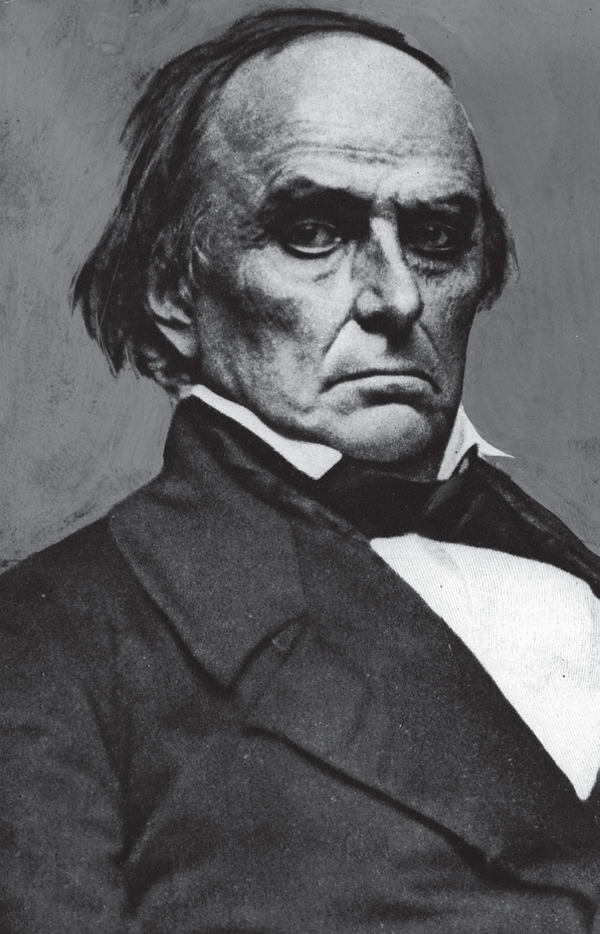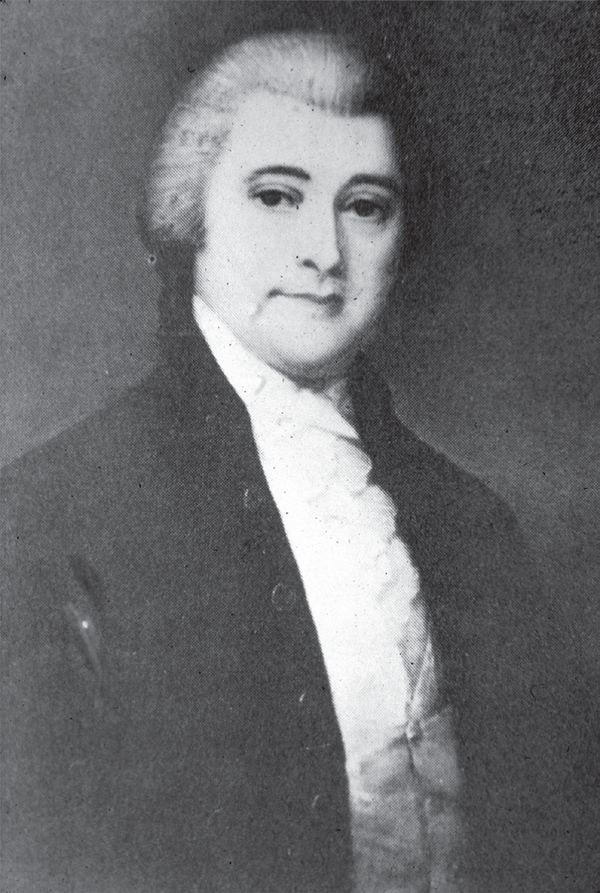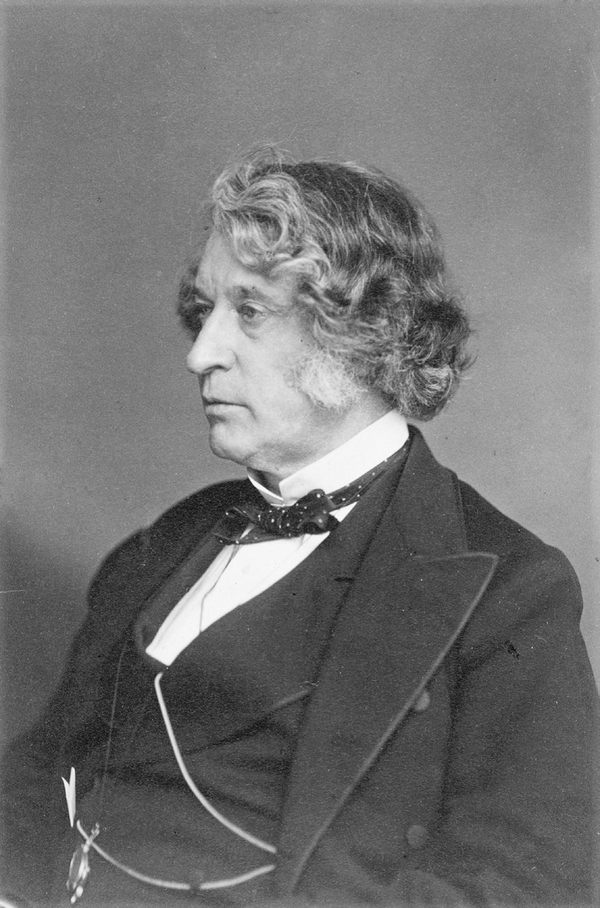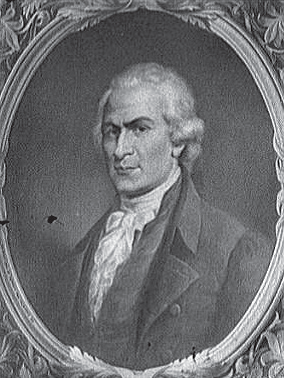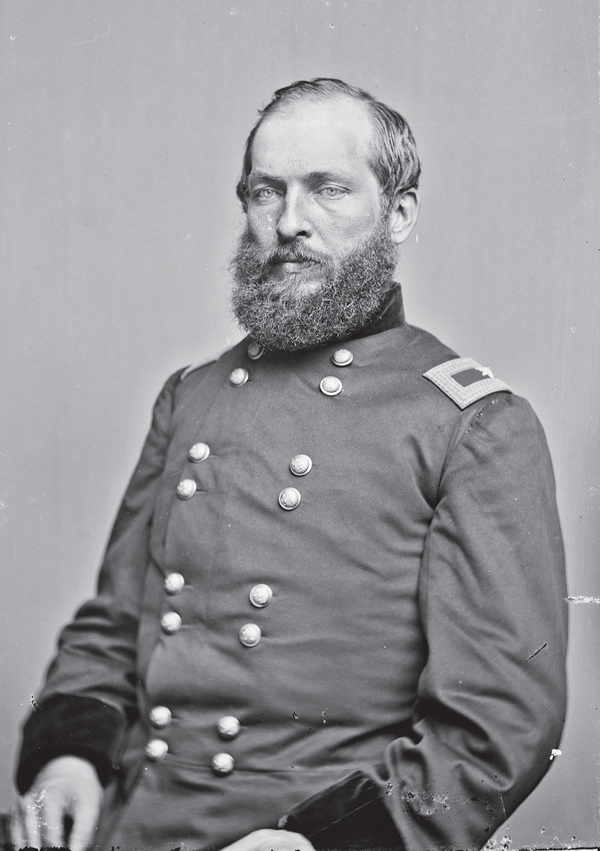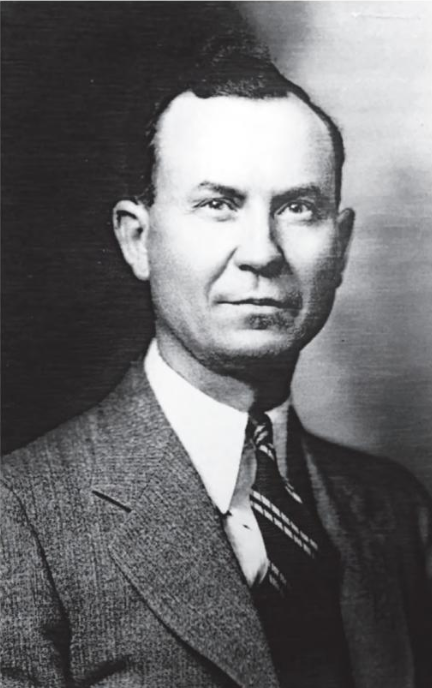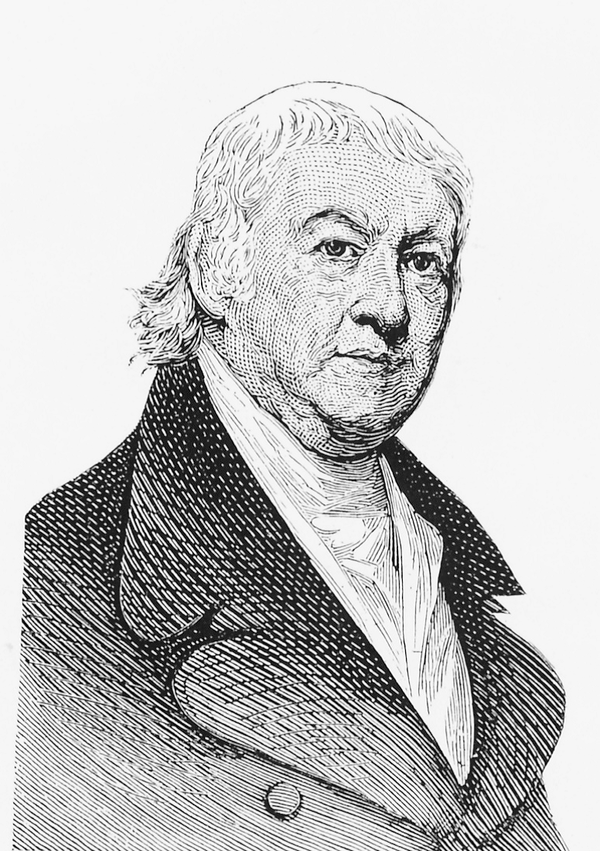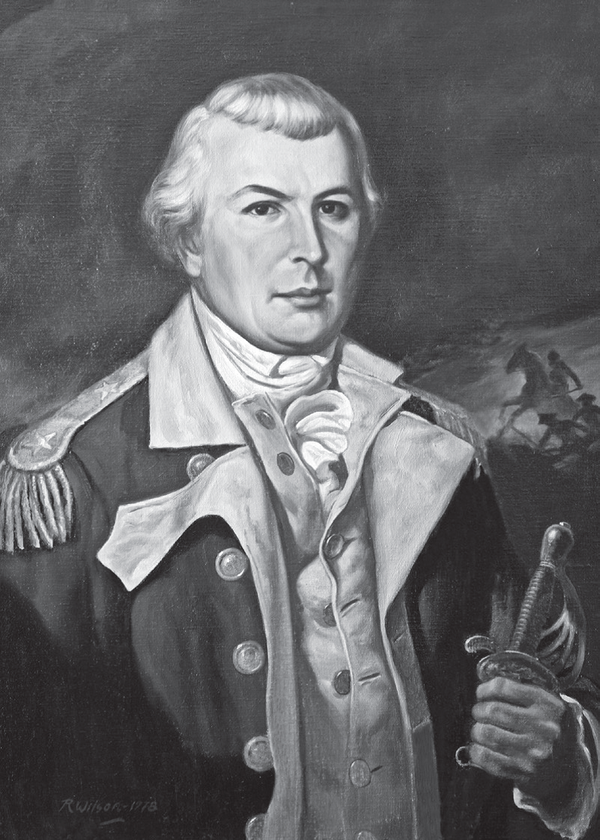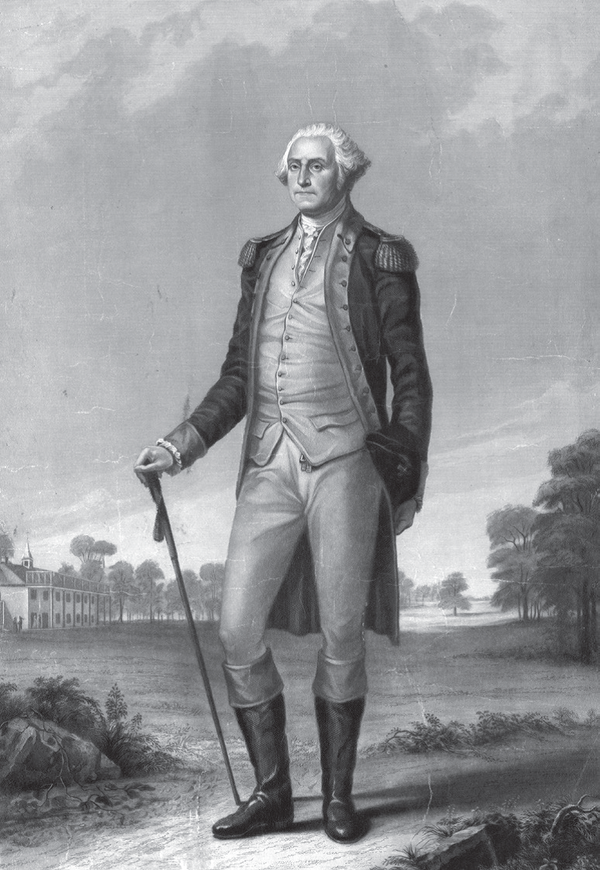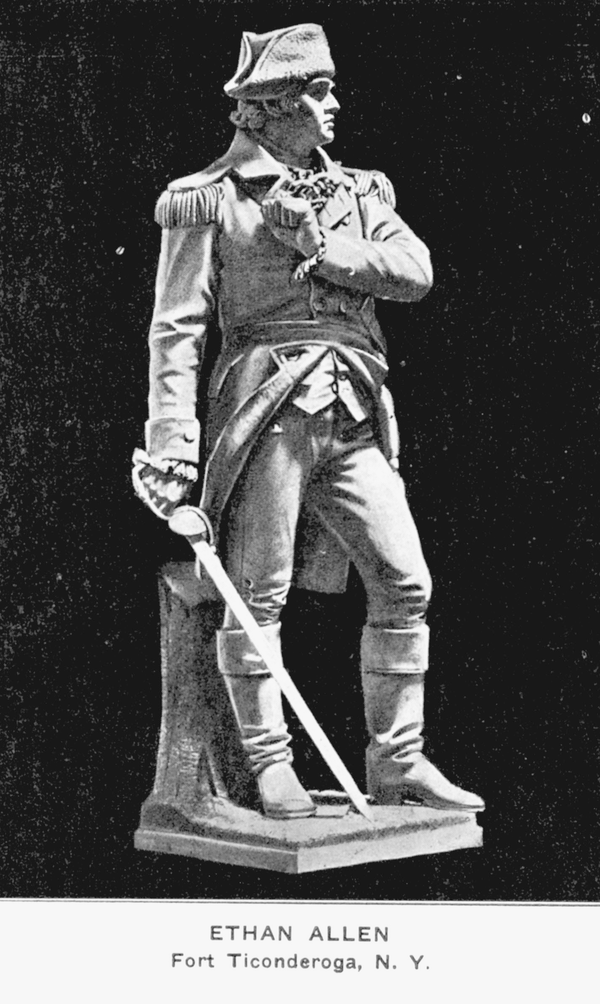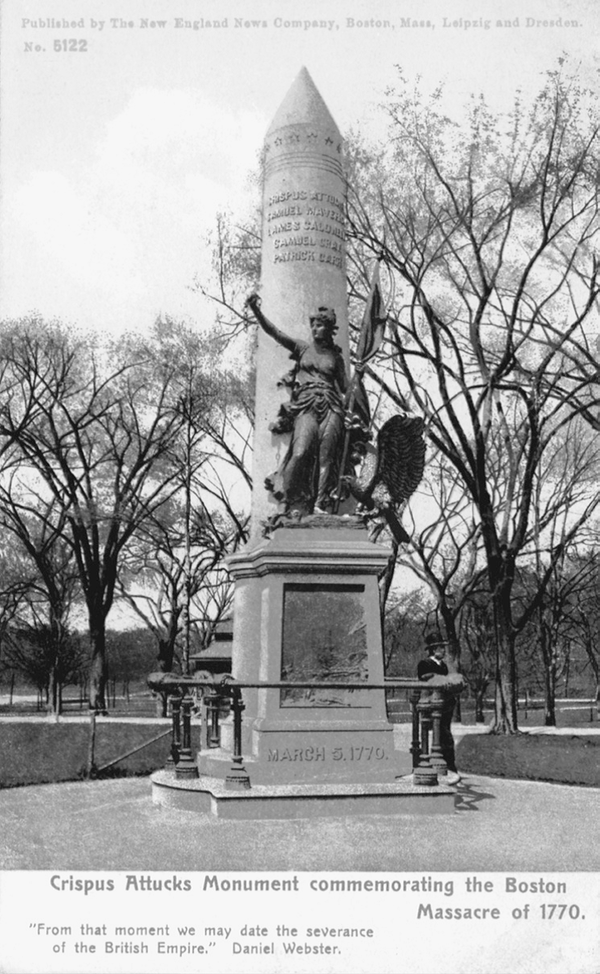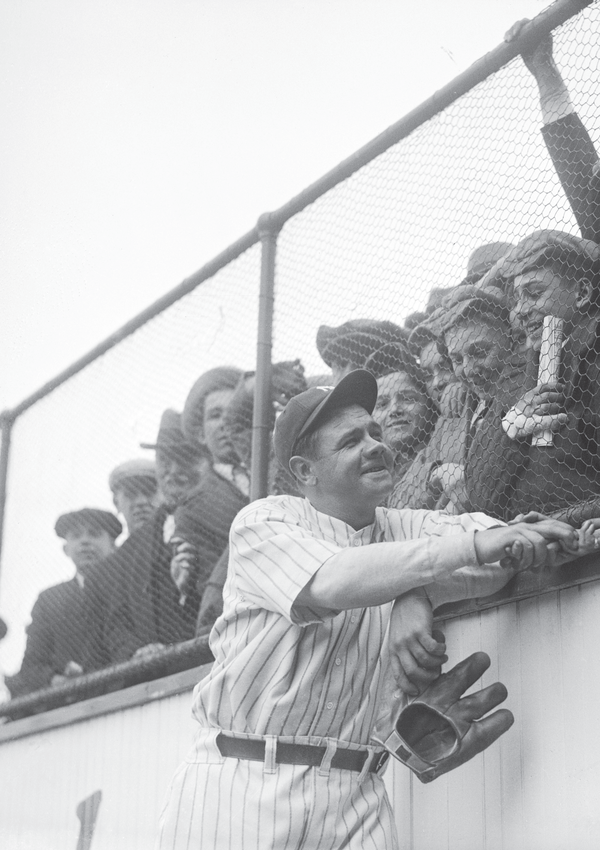For some of us, 1996 might seem like a lifetime ago. For others, it feels like it was just yesterday. However, some things never change. Today, Americans from coast to coast are getting ready to immerse themselves in the Rio Summer Olympics.
Twenty years ago, they were probably talking about one of the following events and trends. Which of the following stories do you remember your social circle obsessing over?
1. Centennial Olympic Park Bombing
People were talking about more than just the games when it came to the 1996 Summer Olympics. The bombing that killed 1 and injured 111 also made headlines and fueled conversation all around the world.
2. Dolly the Sheep
July of 1996 saw the birth of Dolly the sheep at the Roslin Institute in Midlothian, Scotland. She was the first mammal ever successfully cloned from an adult cell, sparking not only conversation, but controversy as well.
3. Harriet the Spy
July of 1996 also saw the theater premiere of the very first film by Nickelodeon Movies, Harriet the Spy, starring Michelle Trachtenberg.
4. Hurricane Bertha
When Hurricane Bertha hit North Carolina, it caused more than $270 million in damages. The Category 2 storm also resulted in a number of indirect deaths.
5. Three-Parent Baby
Sheep weren’t the only creatures making news thanks to science. August 1, 1996 saw the conception of the very first three-parent baby. This occurred in New Jersey via a process called mitochondrial donation.
6. Ramones “Farewell” Concert
It goes without saying that the Ramones are one of the most iconic punk bands of all time. However, all good things must come to an end eventually, even punk royalty. The band played their final concert on August 6, 1996.
7. Titanic Raising Fails
August 31st found everyone in America (and around the world) talking about the RMS Titanic again, thanks to an attempted raising of a 15-ton section of the wreck. Unfortunately, it failed in front of 1700 spectators, including several survivors of the wreck.
8. UEFA Euro 96
Even Americans got excited about soccer when the 19th European Football Championship began in England on June 8th.
9. Indecency Law Blocked
On June 12th, a panel of judges in Philadelphia successfully blocked the 1996 Communications Decency Act. It was decided that the act would be an infringement on free speech.
10. Gorilla Protects 3-Year-Old
This summer wasn’t the only summer that found people talking about a gorilla. In August 1996, a female lowland gorilla at the Brookfield Zoo in Chicago made headlines for sitting with an injured little boy that fell into her enclosure until he could be rescued.
11. Welfare Law
On August 26th, Bill Clinton officially signed that year’s welfare reform into law.
12. Charles and Diana Divorce
Late August also found royalty-obsessed Americans discussing the Prince and Princess of Wales. Charles and Diana were formally divorced at London’s High Court of Justice.
13. Desert Strike
As summer began to draw to a close on September 5th, the United States launched Operation Desert Strike. This was done in reaction to Iraq’s attack on Arbil.
14. Bjork Avoids Attempted Bombing
On September 12th, obsessed fan Ricardo Lopez attempted to disfigure singer Bjork by sending her an acid bomb. Thankfully, Scotland Yard intercepted the package before any harm could be done.
15. Hurricane Fran
Sadly, Bertha wouldn’t be North Carolina’s only encounter with a hurricane in the summer of ’96. Hurricane Fran hit on September 5th, causing $3 billion in damage and killing 27 people.
16. Allan Hills 84001 Meteorite
On August 6th, NASA announced that this Martian meteorite might contain evidence of life on other planets. An electron microscope revealed chain structures indicative of primitive life forms.
17. Youngest Wimbledon Winner
On July 8th, everyone was talking about the spectacular Wimbledon win of Martina Hingis. At 15, she was the youngest person to date ever to win the Ladies’ Doubles event.
18. Primary Colors Author Revealed
Prior to July 17th of 1996, the author of political novel Primary Colors was known only as “Anonymous.” Time columnist Joe Klein admitted to being the author on this day.
19. Boris Yeltsin Sworn In
August 9th found Russian President Boris Yeltsin getting sworn in at the Kremlin. This would mark the beginning of his second term.
20. Water Detected on Jupiter’s Moon
On August 13th, data received from the Galileo space probe suggested that one of Jupiter’s moons might have water on it.

